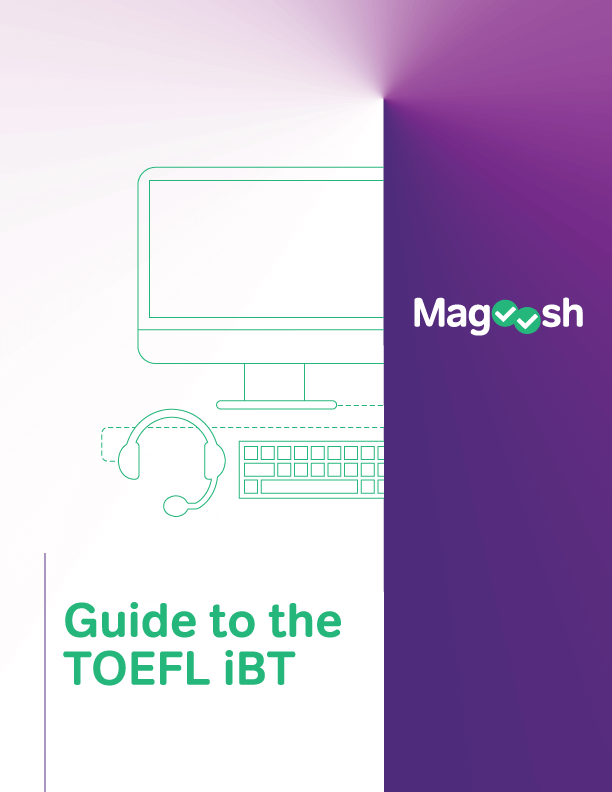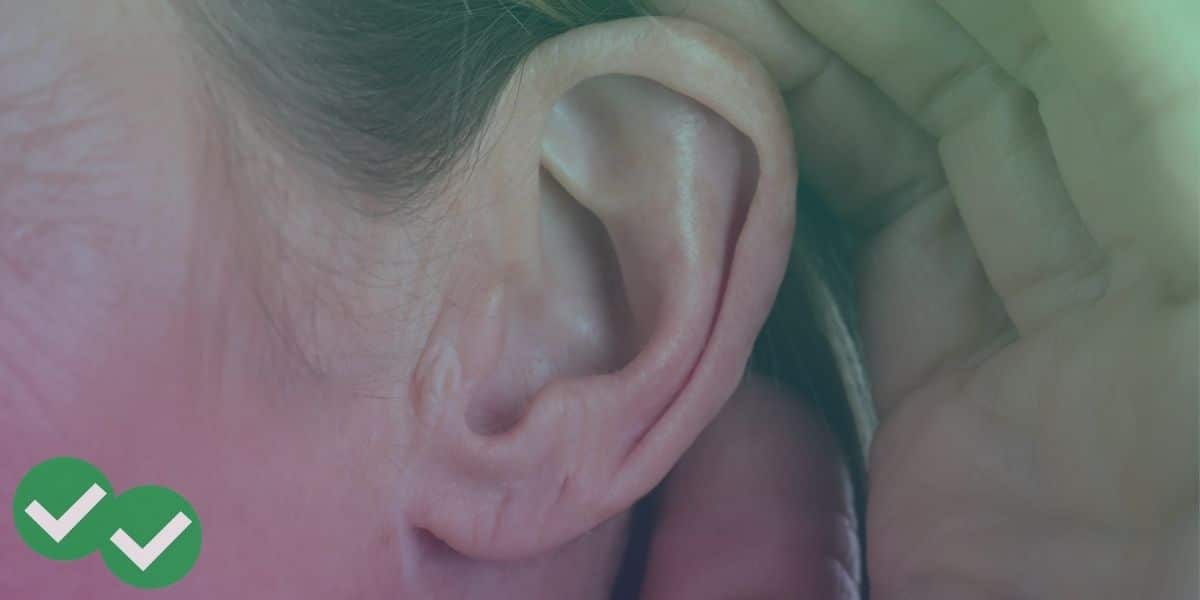Most US universities want to see TOEFL iBT or PBT scores from their international students. However, there is another TOEFL format that some students are asked to take. It’s called the TOEFL ITP, and it is primarily used for class placement, rather than admissions.
The TOEFL ITP is an exam similar, but not identical, to the TOEFL iBT. It features three sections: Listening, Reading, and Structure and Written Expression. In this last section, the TOEFL ITP tests grammar and proofreading, which the TOEFL iBT does not do. Many students will also breathe a sigh of relief to learn that the TOEFL ITP does not have an essay section, as the TOEFL iBT does.
One thing that’s important to note is that the TOEFL ITP is NOT the same thing as the TOEFL ITP Plus, which is offered in China. Although the tests have many similarities, they are not identical.
With that in mind, let’s look at the TOEFL ITP in greater depth.
TOEFL ITP structure and content
It terms of structure, the TOEFL ITP is the most similar to the TOEFL PBT. Both ITP and PBT have sections for Listening, Reading, and Structure and Written Expression. (Structure and Written Expression is a grammar and proofreading assessment not included on the more commonly taken iBT.)
In fact, on the ETS website, the structure of these three sections and the sample questions for the sections are exactly the same. This means that ITP Listening is considerably easier than iBT, with shorter lectures and shorter conversations. Like the PBT, the ITP Listening tasks include a number of very short exchanges between people (2-3 lines long), each followed by a single question. Also like the PBT, ITP Reading contains some passages that are shorter than the ones on the iBT, and some passages with iBT-like length.
There is one significant structural difference between the TOEFL ITP and the other versions of the TOEFL, however: TOEFL ITP doesn’t have an essay-writing component. Because of this, the ITP has just three sections, without the fourth Writing section seen on both the PBT and iBT.
Administration of the ITP
In contrast to the PBT and iBT, the TOEFL ITP is not at ETS-approved test centers or scored at the ETS home office. Instead, TOEFL ITP is administered in the same way as TOEFL Junior—it’s hosted and scored at individual schools that use it. In the case of the ITP, this means colleges, universities, and language academies for high school graduates. Since the ITP can be scored on location, there is usually a shorter wait for ITP scores. And the test fees are lower as a general rule. For example, registering for the iBT in the USA costs $190, while registration fees that American schools charge for the ITP are generally under $100. Moreover, sometimes the ITP is offered for free as part of an overall academic program.
How the ITP is used, and who takes it
Most schools that use the ITP use it for placement of students who have already been accepted into an academic program. Scores are commonly used to determine beginner, intermediate, or advanced placement for students in ESL institutes. ITP results are also sometimes used to determine whether an international student should receive conditional acceptance into a university, based on their English level. You can see a typical example of ITP-based conditional acceptance on the University of Maryland website. Other universities, such as Virginia Tech, use the ITP to identify degree seeking international students who may need extra English support during their studies.
Some universities and colleges actually use the ITP for regular admissions, offering it as an additional entrance exam choice alongside other admissions exams such as the iBT, PBT, IELTS, and Eiken. One notable example of this is the University of Arkansas. UA offers onsite ITP admissions testing on all of its campuses. While UA also accepts the TOEFL iBT, PBT, and IELTS, onsite ITP can be an attractive alternative for international applicants who choose to view an Arkansas campus in person.
The takeaway
It’s important to remember that ETS markets the ITP directly to schools, not to individual test takers. To see if you’ll need to take the ITP, or if it’s available to you as an alternative to other English language university entrance exams, check with your prospective schools.





